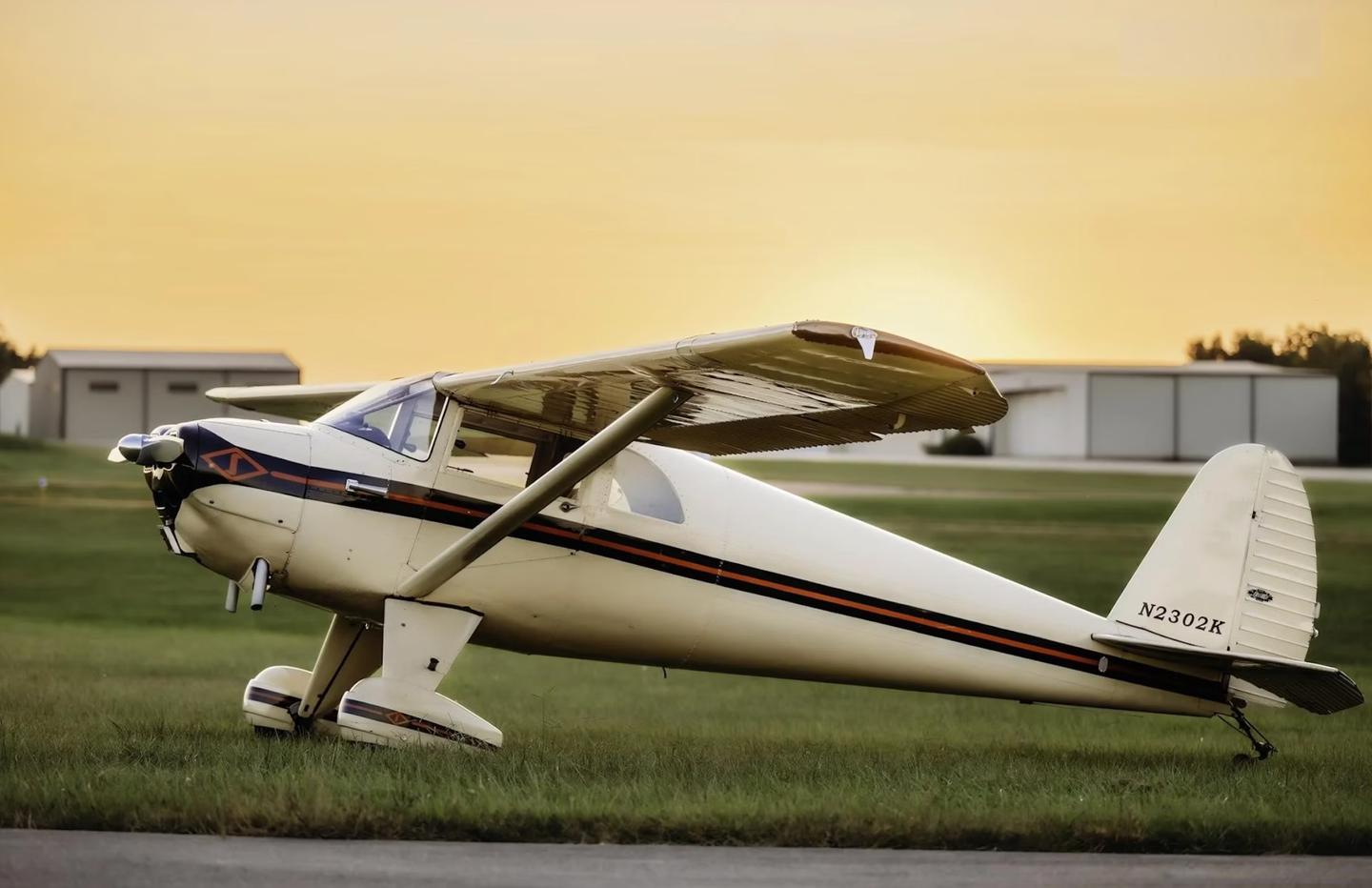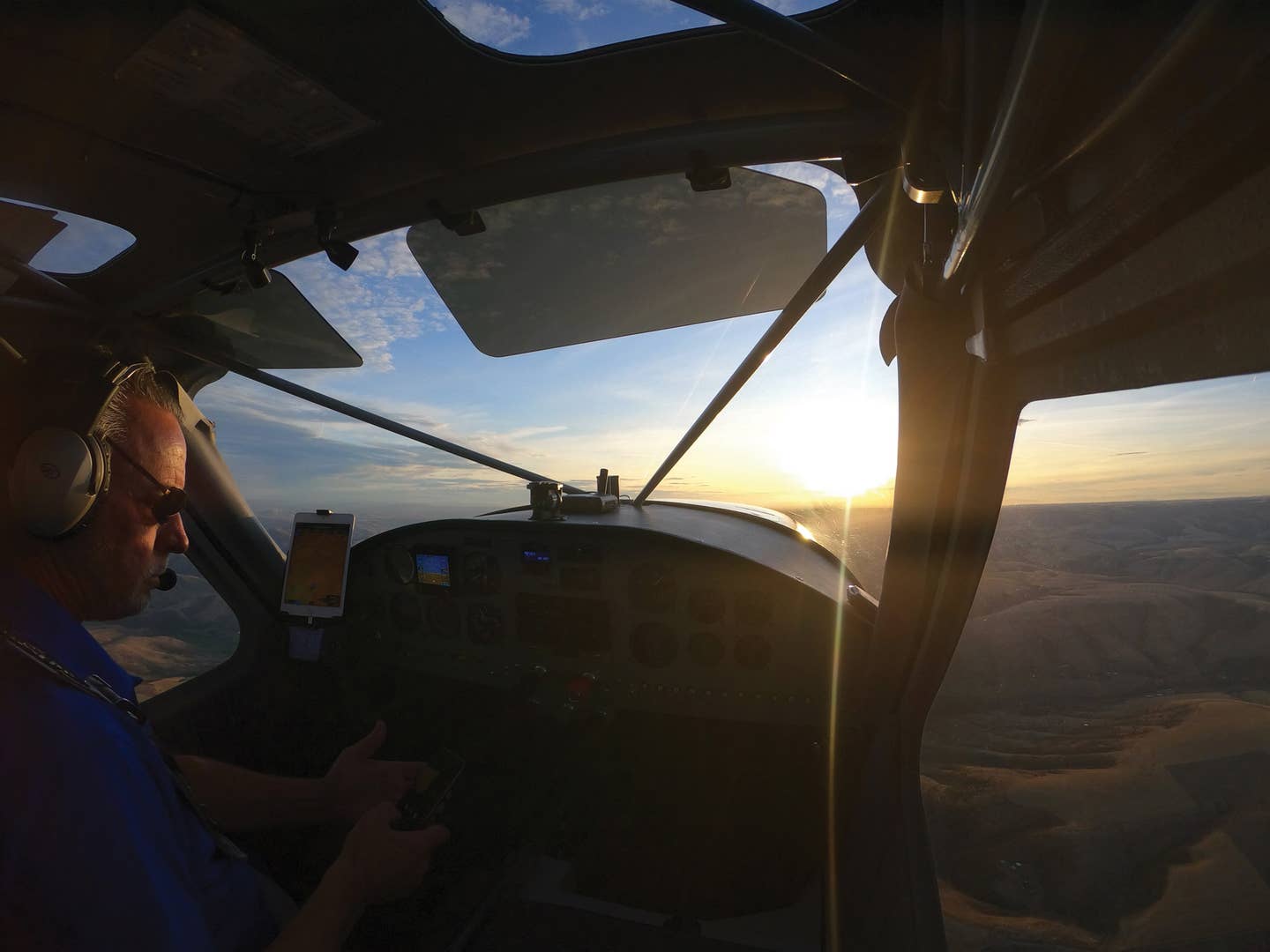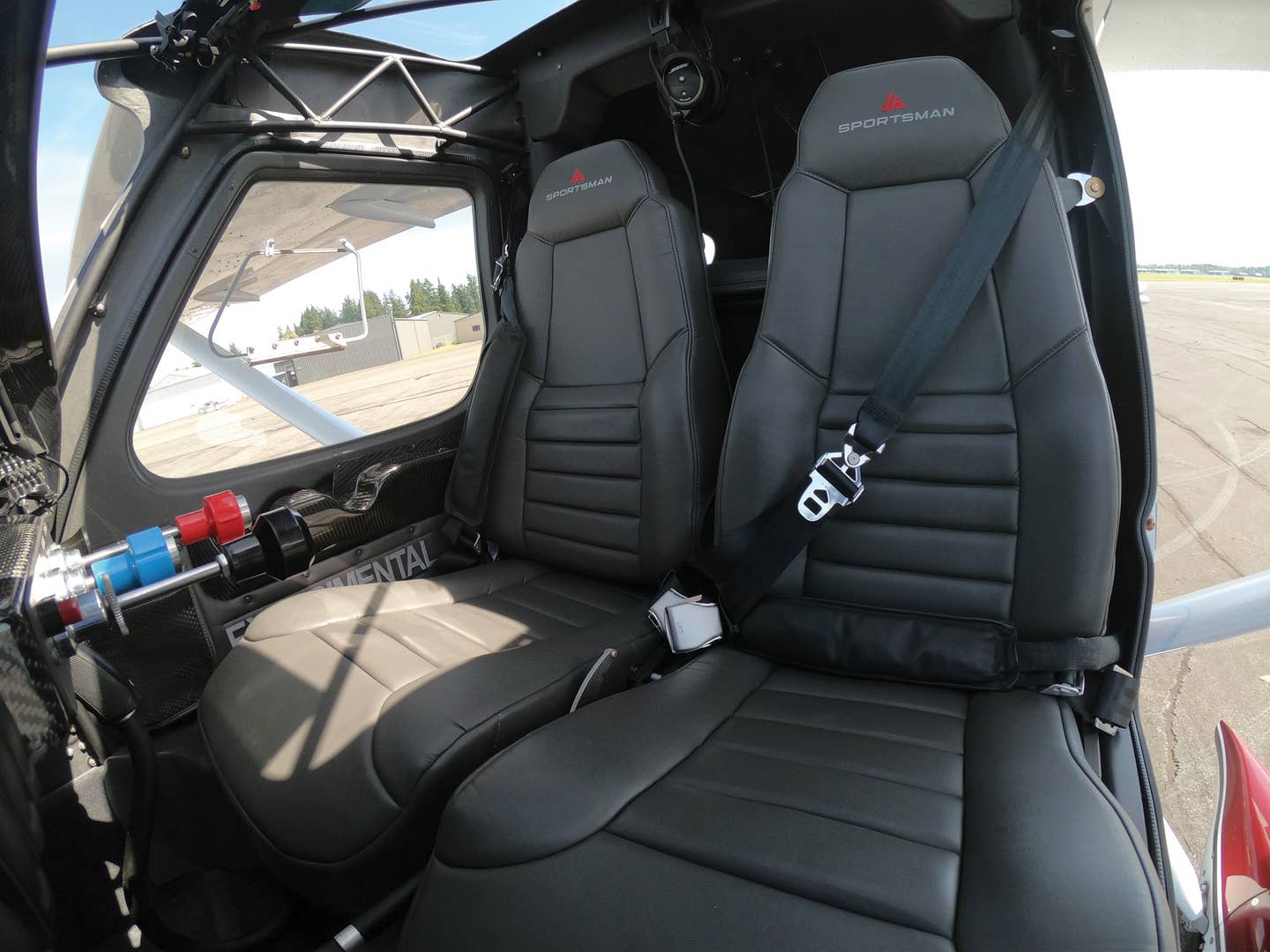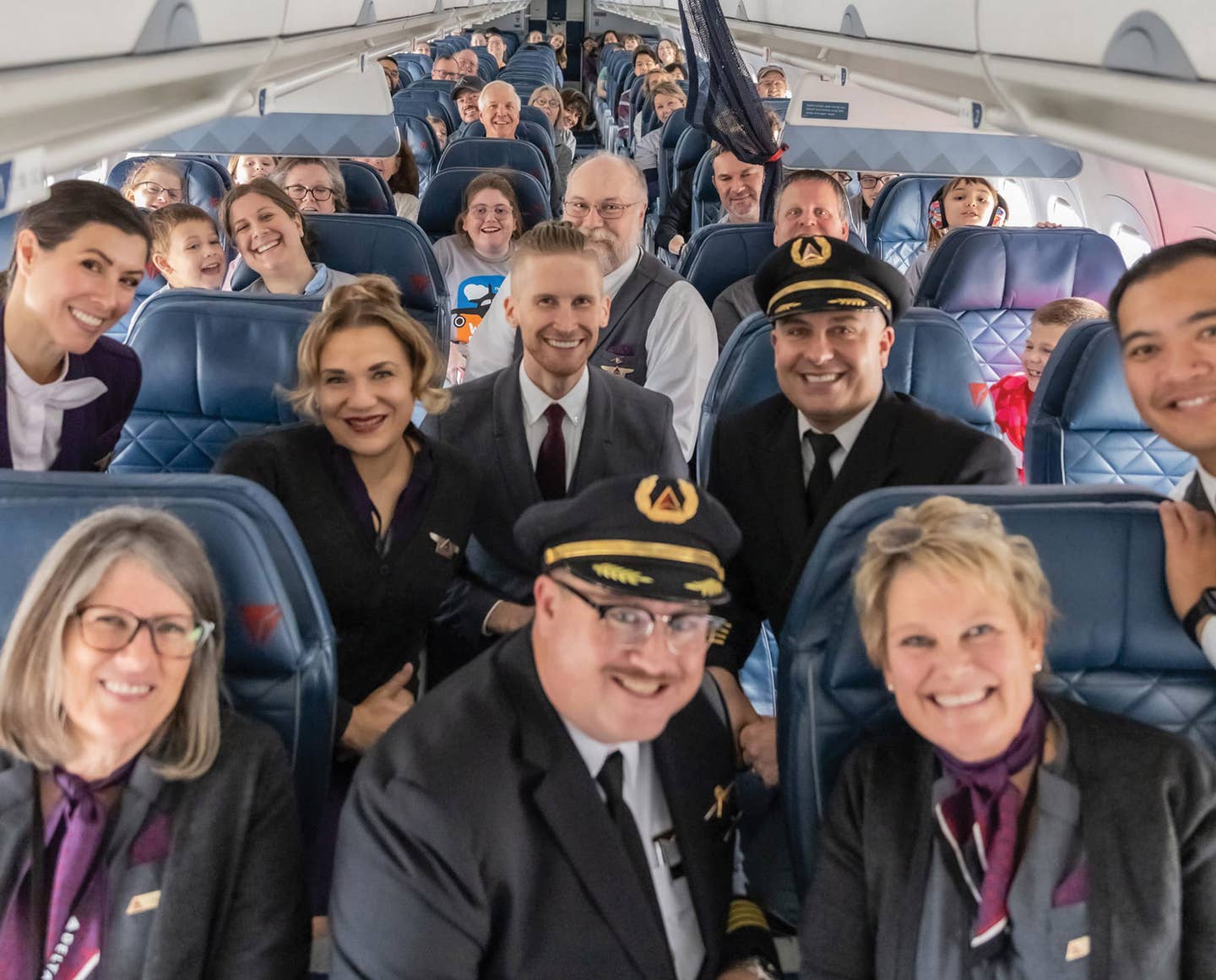Banner Tow Tragedy
A pilot new to the job couldn’t coax the Pawnee to climb

Photo: Adobe Stock
“Banner 430AB, everything OK? You are descending rapidly.”
The tower controller at the North Perry Airport (KHWO) in Florida was concerned about a Piper Pawnee that had just picked up a banner. It was nose high, appearing to struggle. The pilot replied, “I’m trying to, uh…keep climbing.”
Two minutes later, the controller asked, “Banner zero alpha bravo, you OK sir? I’m showing you at 600 feet now.”
“I’m good now, zero alpha bravo…starting to climb.”
Heading east toward the shoreline, the bright yellow Pawnee was given a frequency change to the Fort Lauderdale-Hollywood International Airport (KFLL). The pilot checked in normally. But two minutes later he transmitted, “I might have to drop this banner. I’m not climbing.”
The Fort Lauderdale controller asked if the pilot would like to return to North Perry. He replied, “I’m at 400. I gotta drop this banner over a lake…I’m going to be over these oil tanks with, like, a lake next to it.”
The plane crashed before making any more radio transmissions. Impacting a street outside a busy shopping center, the mostly intact fuselage burst into flames. The pilot died at the scene.
He was 28 years old, had served in the military, worked as a limo driver, and loved to skydive. As a pilot he’d logged just over 300 hours total time, including 15 hours in the Pawnee. He had recently moved from California to South Florida to begin his commercial flying career, joining a nationwide banner tow company with 50 aircraft.
It’s cool flying. Right after takeoff, you throw a grappling hook at the end of a short rope out of the cockpit.
It’s connected, along with a safety weak link, to the tail of the airplane. You do a traffic pattern, line up on two tall cones that have rope strung between them. The rest of the rope and banner itself are laid out on the grass behind the cones. With skill (and some luck) the hook catches, the plane roars up to not drag the fabric along the ground, and the whole assembly is hoisted into the air. Ground crew confirms a well-behaving banner, and you head out.
Large graphic banners have mostly replaced the classic long thin “EAT AT BOBS CRAB SHACK” lettering. The new billboards are around 40 feet high by 100 feet long. Despite modern materials and design, towing big banners behind small planes is still skilled work, conducted near the edge of performance limitations. The plane is tugging a lot of extra drag, resulting in flying near full power, just above stall speed, all at low altitude. Go a little too fast, and the flapping banner starts misbehaving, rendering it unreadable and unstable.
While Piper Cubs or Cessna 172s can tow banners, bigger billboards require brawnier aircraft. The single-seat Pawnee is a great match. It was designed as an agricultural spray aircraft, so it’s strong and simple. Without the weight of chemicals and the drag of spraying hardware, it has power to spare from either the earlier 235 hp engine or upgraded 260 hp available later. More than 5,000 were built in the 1960s and ’70s, and production ended in ’81. Now you see them towing gliders or banners. Pawnees look a bit like Dusty Crophopper from the 2013 Pixar movie Planes.
Now back to May 17, 2023, and the North Perry Airport. It was Florida beach weather—bright, sunny, light winds with a few puffy clouds at 4,400 feet. At noon the temperature was already 90 degrees. Hired a few weeks earlier, the pilot had successfully finished all the company classroom, ground, and flight training. He was excited to be earning money while logging flight time.
Eyewitnesses reported a normal takeoff. The pilot returned for the ground crew to check for hook deployment and alignment, again with no issues noted. He did another neat rectangular circuit and picked up the banner on the first try. Turning downwind to head east to the shoreline, the crew noticed the plane had stopped climbing. This was the time the tower asked if everything was OK.
There was no sound of roughness from the engine or any indications of anything abnormal. After the accident, the National Transportation Safety Board (NTSB) found no preexisting mechanical issues with the plane. A banner flying instructor on the ground tried to call the pilot on a radio to “talk him through it or bring him back to the banner box.” But he didn’t answer.
It would have been prudent to return to the field and drop the banner. But all of us, new to a job, want to look capable. The pilot continued flying generally eastward. However, he was seemingly unable to coax the plane upward. He was at half the normal 1,300-foot altitude.
Why wasn’t the plane climbing? The NTSB said witness accounts and video evidence “suggested that the airplane was operating in the region of reverse command and that the power required to climb with the increased drag of the banner exceeded the power available at its pitch attitude. It is likely that lowering the airplane’s nose to reduce its angle of attack, while the proper technique, was counterintuitive to the pilot at such a low altitude.”
Company training manuals covered what to do if you can’t climb: “First, step on the ball and coordinate the airplane. Even a slightly cross-controlled condition will inhibit climb performance. Next, adjust your airspeed. You may be trying to climb at too slow a speed and in the incipient stage of a stall. Lower the nose slightly to gain 5 to 10 mph, which may improve climb performance. Advise tower that you want to return to the banner box and also advise company.”
This kind of flying is very much done by touch. It’s not button pushing but rather intuitive rudder coordination. It’s sensing angle of attack by the feel of the stick in pitch. It’s hours of hands-on, slow flight with the stall light on.
The pilot continued to mush along at 55 knots, passing three open parks that could have served as relatively safe drop locations. What happened next was captured on video by a news helicopter.
Barely above some office buildings, the Pawnee finally released the banner. It fluttered away, but the plane’s nose was still pointed up. Immediately the plane rolled and yawed right then rapidly descended in a nose-down left spiraling descent, crashing seconds later. The NTSB reported the probable cause as “exceedance of the airplane’s critical angle of attack, which resulted in an aerodynamic stall and loss of aircraft control.”
Dropping the banner removed its drag, but only pitching down would have escaped the stall. It takes a lot to push the nose over close to the ground, as the airplane is mushing downward. But it’s the only way to unload the wing, gain airspeed, and begin the recovery.

Subscribe to Our Newsletter
Get the latest Plane & Pilot Magazine stories delivered directly to your inbox






